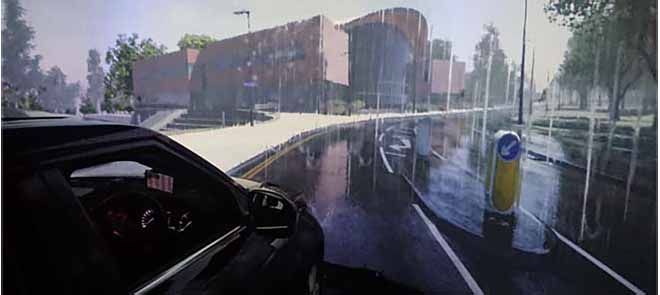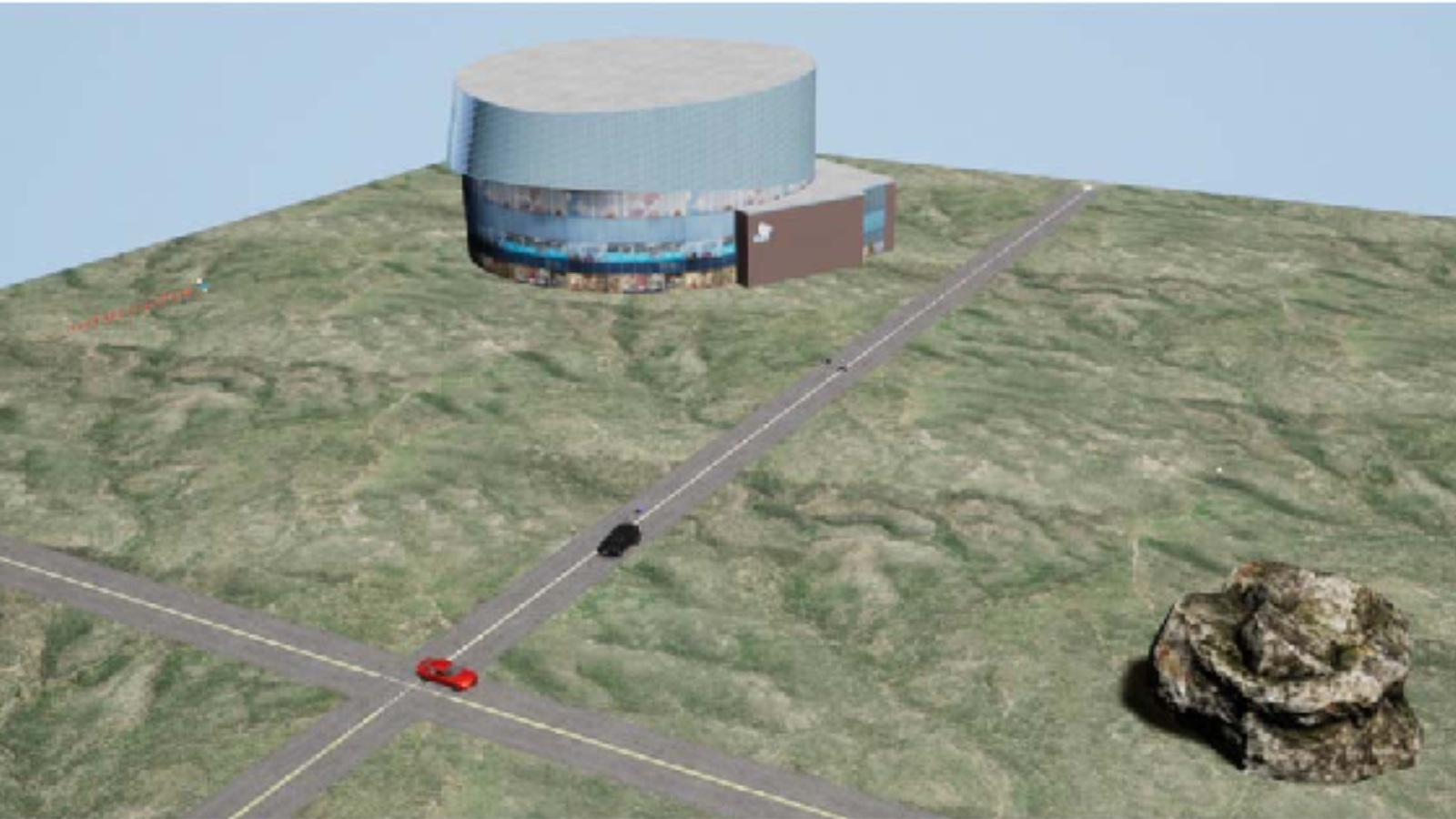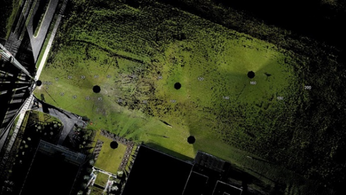
Realistic LiDAR with Noise Model for Testing Autonomous Vehicles in Real Time in a Virtual Environment
Researchers from University of Warwick propose an innovative real-time LiDAR sensor model for autonomous vehicles.
The University of Warwick, a top-tier UK-based research and education institution, published a study on the automotive industry and the level of automation used in Autonomous Vehicles.
For the research purposes, high-fidelity virtual environments for simulation were set up. The study proposes a promising real-time LiDAR sensor model based on beam propagation and a probabilistic rain model that takes into consideration the distribution and size of raindrops.

Abstract
The global Connected and Autonomous Mobility industry is growing at a rapid pace. To ensure the successful adoption of connected automated mobility solutions, their safety, reliability and hence the public acceptance are paramount.
It is widely known that in order to demonstrate that L3+ automated systems are safer with respect to human drivers, upwards of several millions of miles need to be driven. The only way to efficiently achieve this amount of tests in a timely manner is by using simulations and high fidelity virtual environments.
Two key components of being able to test an automated system in a synthetic environment are validated sensor models and noise models for each sensor technology. In fact, the sensors are the element feeding information into the system in order to enable it to safely plan the trajectory and navigate.
In this paper, we propose an innovative real-time LiDAR sensor model based on beam propagation and a probabilistic rain model, taking into account raindrop distribution and size.
The model can seamlessly run in real-time, synchronised with the visual rendering, in immersive driving simulators, such as the WMG 3xD simulator.
The models are developed using Unreal engine, therefore demonstrating that gaming technology can be merged with the Automated Vehicles (AVs) simulation toolchain for the creation and visualization of high fidelity scenarios and for AV accurate testing.
This work can be extended to add more sensors and more noise factors or cyberattacks in real-time simulations.

LiDAR INSIGHTER Newsletter
Join the newsletter to receive the latest updates in your inbox.





